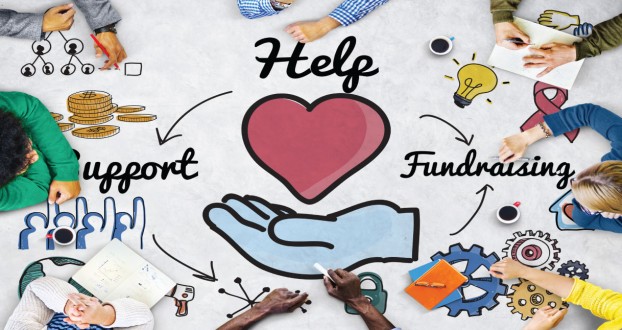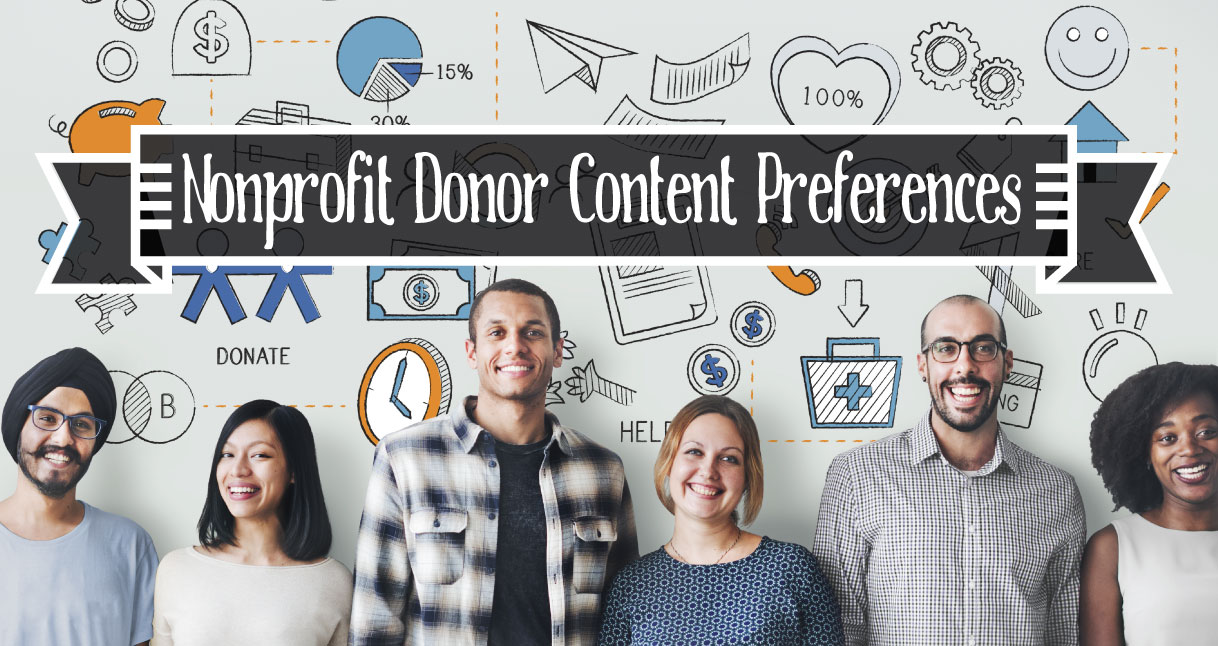9 Features of Ideal Content for Nonprofit Donors
When creating content for nonprofit donors, it helps to have a specific goal. When creating goals for content projects, most nonprofit marketers will obviously agree donor acquisition is important, but consider this:
- 3 out of 4 new donors only make a one-time donation.
- 2 out of 3 American donors report being turned off by nonprofit marketing
- Acquiring new donors tends to be more difficult than retaining them.
With these in mind, it’s clear donor content intended for nonprofit marketing has to address both acquisition and retention. Not only do you want content for nonprofit donors to be eye-catching, it should be optimized so a good proportion of donors are encouraged to donate again.
Here are 9 key features of ideal nonprofit donor content.
9.) Specific

Donors have to know exactly what your nonprofit’s programs are about. They also need to know how they can contribute and how the money will be spent. If you’re vague in any of these areas, this not only make it much more difficult for potential donors to contribute, it can make you less credible (#3) and less transparent (#4) as well.
8.) Has a good story
In a previous post we touched on how churches can take a cue from for-profit businesses with taking a new approach to marketing through storytelling. If delivered properly, a story can resonate with an audience more than raw facts ever will. As a matter of fact, studies demonstrate that a pitch with a story is far more likely to be remembered than one that only states relevant info.
7.) Has continuity
You’ve included a story. Great! Then tell your donors what happened after. This can make contributions “more real”(see #4) and help donors form an emotional investment in your work. This can also help build interest and anticipation for your programs. Following up with donors is especially important for social media and email marketing, but this idea can be used with virtually every kind of content you have.
6.) Follows etiquette

This is especially important for email content, but it also applies to everything else. You don’t have to be overly formal, but you do have to meet or exceed your audience’s expectations. In a world where basic manners seem to be in short supply, even a simple acknowledgement that your audience deserves respect can get you far.
5.) Offers social proof
It might seem silly, but donors and potential volunteers are less willing to chip in if they see that others haven’t either. As social creatures, humans place plenty of faith on what others think. Content for nonprofit donors should reflect this. Even big nonprofits such as Susan G. Komen For the Cure and The American Red Cross know this and make it a point to show just how much they’ve raised in contributions or how many have volunteered for their programs. Your pages and social media should likewise be open and invite feedback and criticism. This leads to #4 and #3.
4.) Transparent
As a rule, donors will want to know where their money goes and what activities take place in the course of your programs. Being opaque in these areas make it far less likely your potential donors will trust you. Transparency is such an important consideration for donors that groups such as Charity Navigator actually rate nonprofits on this very metric, weighing the proportion of the overhead against spending and donations received. Make sure to give donors an idea of what their money is being spent on whenever practical.
3.) Credible

Credibility is about building trust, but this is far trickier than it sounds. Authenticity often leads to credibility, but it does not ensure it by any means. You can be transparent, but that does not always mean donors will trust you.
Creating credible content for your nonprofit means it has to fit within the expectations it has set for its donors. This means looking and acting the part, at least in public. This also often means having real-world marketing materials such as flyers and brochures. This means that at some point, regardless of what you think of capitalism or selling out, a nonprofit will have to examine its brand, just like any for-profit business does.
2.) Has an appropriate format
Generally speaking, few people have the time to read anything these days. A poll by eMarketer.com shows that about two thirds of American nonprofit donors have been turned off in some way by nonprofit marketing. Content for nonprofit donors should be in a format that makes sense to them. The quality of the content matters the most, yes. But the actual medium can also greatly affect donor responses.
So if you’re creating a donor content strategy, keeping it short and sweet is critical, whether you’re sending an email, or creating a YouTube video.
1.) Personalized, or at least, relatable
If your content isn’t relevant to your audience, why even bother creating it? All content meant for donors has to be relatable in some way. This means developing a deep understanding of the habits of those you need to reach out to. If you are reaching out to different groups, content has to be tailored to communicate with them. If the donors are especially important, it’s even better to send them content that is specifically made for them, and not created from a template — or at least not obviously so.
What other qualities should content for non-profits have? Don’t forget to comment below!
Arthur Piccio is a feature writer and subject matter expert for the PrintPlace Blog. In his spare time he studies guitar and writes about goats.



